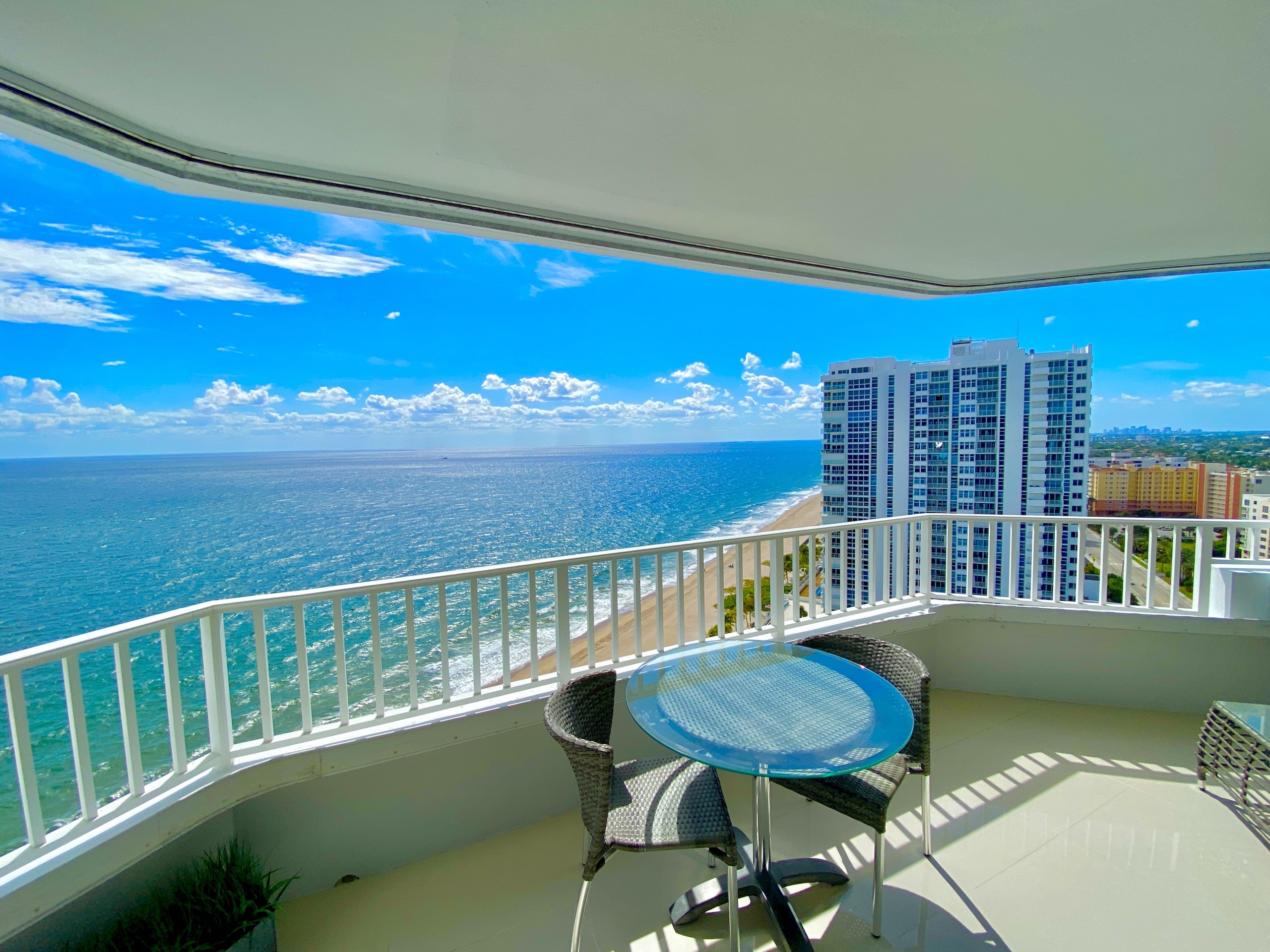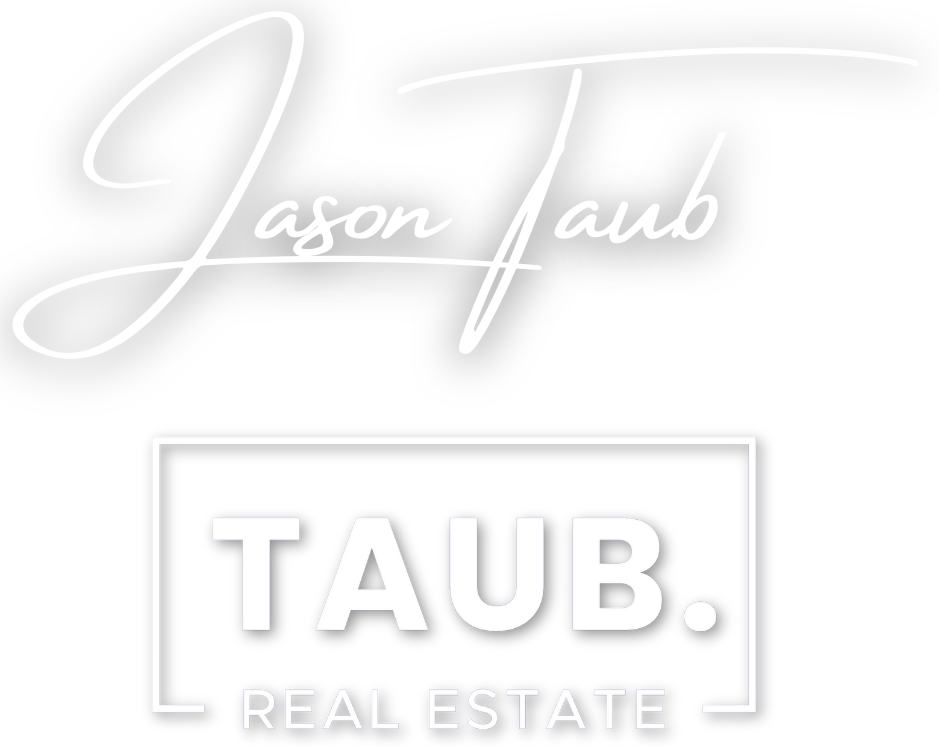Worried buyers wonder how high mortgage rates will go, how fast, and whether inventory levels will ever rise – fears that help push housing prices ever higher.
NEW YORK – America’s real estate market may be showing signs of a housing bubble as prices become “unhinged from fundamentals,” according to the authors of a blog post published by the Dallas Federal Reserve Bank. House prices can fall out of sync with market fundamentals like supply and demand when there is a widespread belief that prices will keep climbing.
“If many buyers share this belief, purchases arising from a ‘fear of missing out’ can drive up prices and heighten expectations of strong house-price gains,” according to the researchers.
The exuberant, expectations-driven gains in home prices could have many consequences, such as bankruptcies, broad effects on growth and employment and distorted investment patterns, the researchers warned.
Monitoring the housing market for the emergence of such price booms can help investors and policymakers respond before an economic crisis erupts.
What does a housing bubble mean?
A housing bubble is a period marked by an unusual spike in housing prices fueled by high demand and low supply, speculation by investors and exuberant spending. These bubbles are caused by a variety of factors, including rising economic prosperity, low interest rates, more mortgage product offerings and easy to access credit.
The low supply of homes is largely a result of underbuilding, experts say.
An analysis by housing giant Freddie Mac suggests that the housing shortage has increased 52%, from 2.5 million in 2018 to 3.8 million in 2020.
How does a housing market bubble burst or end?
It ends when demand decreases or stagnates – because of higher mortgage rates or inflation eating into savings – while at the same time supply realigns with demand (when construction catches up).
In the past month, mortgage rates have been rising in the face of rapidly rising inflation as well as the prospect of strong demand for goods and supply disruptions.
The 30-year fixed-rate mortgage topped 4% on March 17 for the first time since May 2019, according to Freddie Mac. And it probably will rise further; the Fed is projecting six more rate increases this year. The 30-year fixed-rate mortgage averaged 4.67% for the week ending March 31. A year earlier, the 30-year rate averaged 3.1%.
How does the housing bubble affect the economy?
Real estate and the housing market play an important role in the U.S. economy. At the individual level, roughly 65% of occupied housing units are owner-occupied, according to Congressional Research Service. Homes are often a substantial source of household wealth in the U.S., and housing construction provides widespread employment.
Housing prices can affect residential investment and therefore affect economic growth. Rising home prices can encourage additional construction spending when the prices are high, leading to more robust economic growth. A decline in housing prices is likely to depress construction spending, leading to more anemic economic growth.
An increase in housing value encourages homeowners to spend more than they do at other times for a variety of reasons, including higher confidence in the economy, increased home equity for homeowners to borrow against and higher rental income.
A decrease in prices results in the opposite. In the United States, consumer spending makes up roughly 70% of the economy, so changes in housing wealth can result in significant changes in economic growth.
Are we in a housing bubble?
The Dallas Fed researchers say they are observing abnormal U.S. housing market behavior for the first time since the boom of the early 2000s. Their reasons for concern include the price-to-rent ratio (which compares the economics of buying versus renting), in particular, and the price-to-income ratio (ratio between the price of a median home to that of the median annual household income in a particular area) – which show signs that 2021 house prices appear increasingly out of step with fundamentals.
Along with low mortgage rates, other factors that drove up prices include a surge in disposable income because of pandemic-related stimulus and reduced household spending because of mobility restrictions and lockdowns. If disposable income increases turn out to be temporary – as fiscal stimulus wanes and the Federal Reserve raises interest rates, it would put downward pressure on home prices.
View this post on Instagram
Things are different now
However, based on current evidence, any coming housing correction will not be as dire as the 2007-09 global financial crisis in terms of magnitude, the researchers say.
In the years before 2008, mortgage lenders made subprime loans to borrowers without verified income or adequate down payments while pushing risky loan products. This time, tough loan underwriting standards are the norm even with rock-bottom interest rates, experts say.
“Among other things, household balance sheets appear in better shape, and excessive borrowing doesn’t appear to be fueling the housing market boom,” according to the post.
Copyright 2022, USATODAY.com, USA TODAY



